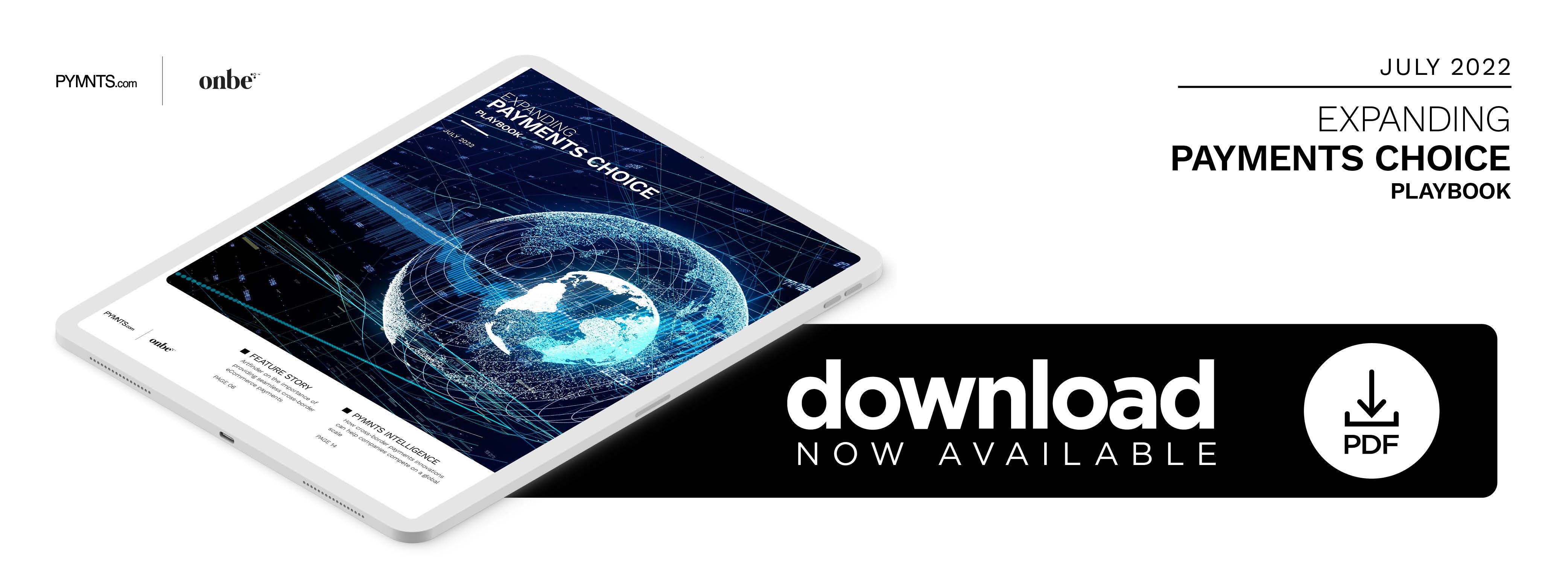PYMNTS Intelligence: How Cross-Border Payments Innovations Can Help Companies Compete on a Global Scale

As digital technology makes it easier for companies to launch new cross-border ventures, financial institutions (FIs) are feeling the pressure to offer their corporate clients more digital-first payment solutions to ease their transactions with global business partners and customers.
This need is highlighting the challenges of modernizing antiquated cross-border payments systems, with PYMNTS’ research showing that less than one-third of FIs have been successful in reducing the payments and cash management frictions that their clients experience in this arena.
Cross-border payments innovations can deliver key benefits in terms of reduced cost, improved cash flow management and better protection against fraud. With 80% of FIs believing that their digital solutions for cross-border clients are “very” or “extremely” effective, FIs can no longer afford to postpone innovation in this area.
This month, PYMNTS Intelligence looks at the challenges of cross-border payments. It also explores how cross-border payments innovations and technologies are helping companies facilitate payments for global business partners and customers alike, giving businesses the tools to compete in a growing global marketplace.
The Challenges of Cross-Border Payments
Recent PYMNTS’ research indicates that more than $120 trillion in payments is traded annually, and cross-border trading is responsible for $10 trillion of that volume. Businesses can anticipate having to support an increasing volume of cross-border transactions for the foreseeable future as eCommerce growth continues.
Conducting business across borders, however, brings with it unique payment frictions that can slow international business transactions. Although cross-border sales make up more than one-quarter of businesses’ average total in the United States and the United Kingdom, receipt of payment for these transactions takes 55% longer than for domestic sales. Other frictions inherent in cross-border payments include authentication issues and costs surrounding currency conversions, as well as data security and the constant threat of fraud.
PYMNTS’ data shows that two-thirds of FIs believe that digital solutions for business-to-business (B2B) payments are highly important, with 64% of FIs saying they are “very” or “extremely” willing to adopt new technologies to improve these payments. Nevertheless, many FIs are finding the modernization of clients’ payment processes daunting. Global companies are in need of ways to make their B2B payments, cash management and invoice reconciliation processes easier, and that requires their FIs to offer technologies such as supplier portals and real-time revenue reporting.
While automated account validation and digital lockboxes are the most common solutions that FIs offer their clients, these advancements do not necessarily align with clients’ needs. Banks must be ready to provide solutions to the most important frictions businesses are experiencing, including poor working capital management due to a lack of cash flow visibility, slow underwriting and a lack of payments choice.
Investments for the Future of Cross-Border Payments
Application programming interfaces (APIs) are a key technology that banks can provide their clients to help facilitate cross-border B2B payments and alleviate the frictions involved. Banks can connect with third-party APIs to provide advanced payment services, including global payment and transaction management capabilities. APIs can offer access to critical regulatory information for cross-border payments, while also allowing businesses to apply and adjust exchange rates.
FIs also need to be able to support their corporate clients’ payment needs for their customers on eCommerce platforms. Offering the appropriate mix of currencies and payment options is becoming more critical as global eCommerce merchants add more of both. International eCommerce sites supported an average of 10.8 currencies for cross-border transactions in 2021, up 77% from the average 6.1 currencies supported in 2016. They also offered an average of 6.8 payment methods in 2021, with most merchants having added at least one new payment method in the previous four years.
Another area in which cross-border payments innovations can pay dividends to businesses is in the expanding global workforce and gig economy. Ensuring that global employees and freelancers are paid on time, in their native currencies and without frictions is table stakes for keeping them loyal and productive. Organizations that have the ability to offer fast, convenient and fee-free payments to cross-border workers will be in the best position to compete in a global marketplace. PYMNTS’ research shows that 73% of independent contractors would leave their freelancer marketplaces in favor of better payment experiences, making these innovations crucial for businesses to attract and maintain top freelance talent from around the world.
Digital innovations in cross-border payments are becoming a necessity as the digital shift renders business increasingly global. These innovations can help global companies distribute payments more quickly and easily to workers and offer payments choice to customers regardless of the countries in which they reside. They effectively allow companies to be competitive on a global scale, engaging the best talent and delivering a consistent payment experience anywhere in the world.
